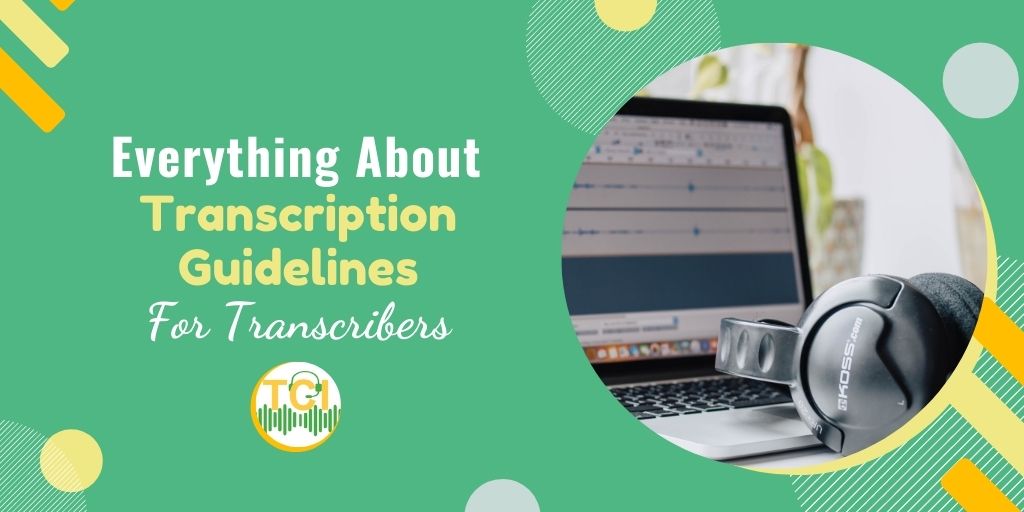

When getting started as a transcriber, you may be confused about the rules to follow, how to format your transcripts and when to use colloquial expressions.
But before we get started with the basics
Note: Different transcription companies may have specific additional rules to be followed. You should confirm and conform to the rules of the company where you are applying for transcription work. Most companies offer a base pay amount for their jobs.
There is also a score-based bonus transcriber can earn by doing better work, i.e., following formatting guidelines and special instructions and returning work early. Any submission that does not meet the company's minimum requirements may be rejected.
Some companies will allow you to redo the job, while others will assign it to other transcribers. Rejected work may not be paid for. Therefore, you should carefully learn and master the transcription style guide of the company you are working for.
In most cases, the file you will be transcribing will be part of a larger audio file. Transcription companies require transcribers to deliver consistent results from one file to the next. This is why they have format transcripts.
Note: Check the format transcript rules of the transcription company you wish to work with.
Conjunctions such as “so”, “or”, “but”, “because”, “and,” and others are used to join two parts of a sentence together. Whenever possible, do not start a sentence with conjunctions. Most of the time, you can cut off the words without changing the meaning of a sentence. Conjunctions should only be used at the start of a sentence if omitting them will change the meaning.
Speaker labels are words used to identify a person speaking in audio. The label is usually the speaker's name, role, or other identifying attributes.
The speaker label should be followed by a colon and space. Also, capitalize each speaker label word.
Interviewer: Hello, and welcome. I'm Jack. And you are?
Woman 1: I'm Rachel
Woman 2: I'm Samantha
Let's wind up this guideline with both basic and verbatim interview transcription examples.
With basic transcripts, filler words, conjunctions that start sentences, and false starts should be removed from your transcript. e.g.
Jack: It was quite, it was quite challenging to ride a horse for the first time.
Jack: It was quite challenging to ride a horse for the first time.
With verbatim transcripts, all words you hear should be typed as they are. These include conjunctions, filler words, and unobtrusive sound events (e.g., car sounds) that can be heard.
Here is an example:
[dog barks] Paul: If only I had come earlier, I wouldn't have missed a spot.
Annie: Oh, that's really sad [dog barks]
Transcription companies may have specific guidelines to be followed. Go through the guidelines, even if you have experience transcribing before, as there may be different rules to follow. The guidelines are usually comprehensive. You can create a cheat sheet to refer to when transcribing the company's work.

Mahesh is the spokesperson of the Transcription Certification Institute, an Ellensburg, WA, based company that provides comprehensive online general transcription training certification courses. This transcription certification course facilitates careers in transcription because it provides a guaranteed internship with a major transcription company upon certification.